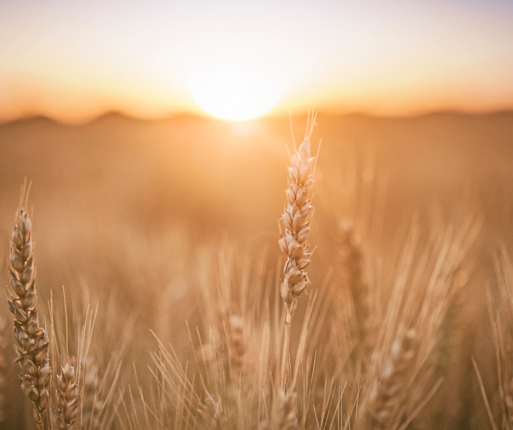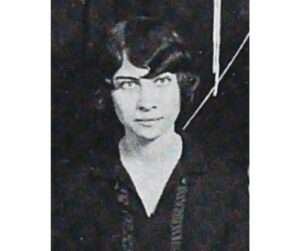
“I am the sunlight on ripened grain”
Does this poem sound familiar?
Do not stand
By my grave, and weep.
I am not there,
I do not sleep—
I am the thousand winds that blow
I am the diamond glints in snow
I am the sunlight on ripened grain,
I am the gentle, autumn rain.
As you awake with morning’s hush,
I am the swift, up-flinging rush
Of quiet birds in circling flight,
I am the day transcending night.
Do not stand
By my grave, and cry—
I am not there,
I did not die.
“Immortality,” the poem above, is a popular elegy read at funerals all over the world. In 2004, British publication The Times wrote: “The verse demonstrated a remarkable power to soothe loss. It became popular, crossing national boundaries for use on bereavement cards and at funerals regardless of race, religion, or social status.” It has been quoted in films and TV shows, adapted as lyrics in songs, engraved on tombstones, and even inscribed on one of the stones of the Everest Memorial, Chukpi Lhara, to honor those lost in pursuits of its summit. And while its words are familiar comfort to many, the poem’s origins haven’t been without contention.
Who Really Wrote “Immortality?”
While some people assert that the poem has its roots from various Native American tribes, in 1983 the poem was first attributed to Mary Elizabeth Frye by the Indianapolis News. Until her death in 2004, Frye maintained that she wrote the poem in 1932 in response to the plight of a young German Jewish woman who was staying with her, who told Frye she “never had the chance to stand by my mother’s grave and shed a tear.”

Clare Harner in the 1928 yearbook Alla Rah<br\>Credit: clareharner.blogspot.com
Whether Frye originated the claim or not, she was dedicated to perpetuating the myth. She was known to hand out xeroxed copies with her name attached, and in her obituary she asserted that her authorship of “Immortality” was undisputed. She was adamant that “Abigail Van Buren” – the pseudonym adopted by popular advice columnists Pauline and Jeanne Phillips in the column “Dear Abby” – confirmed her claims to the poem, although the Phillips’ repeatedly confessed to their readers that they had no way of knowing who originally wrote it.
Other accounts insist that the poem “Immortality” was first published in the poetry magazine The Gypsy in December of 1934, as written by Clare Harner Lyon after the sudden death of her brother. Unlike Frye (who isn’t reputed to have written anything else in her lifetime), Lyon was a journalist and published poet, which makes her a more likely candidate for authorship.
Death As Transformation
The poem’s origins aside, “Immortality” is an immensely popular poem to read at funerals and wakes because it succinctly and beautifully offers solace during a time of grief. One common aspect of mourning is an overwhelming sense of loss, but by treating death as an act of transformation, the poem lessens that loss a bit. Instead of mourning that space the person can no longer fill, you may find yourself thinking of them while admiring “gentle Autumn rain” or the “diamond glints in snow,” and it would be bittersweet instead of just sad.
It’s also a wonderful way to think about what happens to us after we die. Some people find a lot of comfort in religious beliefs, and others find solace in the idea that we can “return” to nature. Nature is filled with cyclical patterns, after all, and isn’t it lovely to think that instead of retaining a human aspect, you could become part of the natural beauty around us? And in so doing, you’d never really be gone.

 “Immortality” by Clare Harner Lyon
“Immortality” by Clare Harner Lyon


 “Help Me, Helen”
“Help Me, Helen”
 Recovering Cremation Remains After the Los Angeles Fires
Recovering Cremation Remains After the Los Angeles Fires
 “As Tears Go By” by Marianne Faithfull
“As Tears Go By” by Marianne Faithfull














